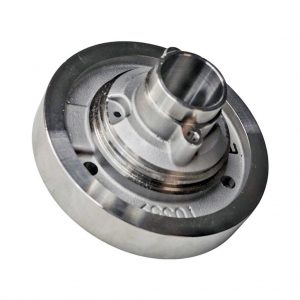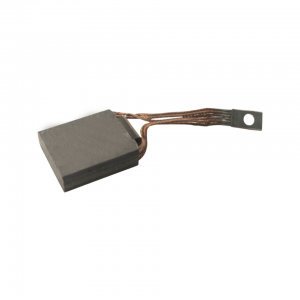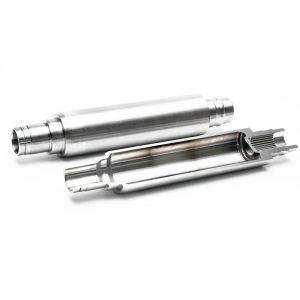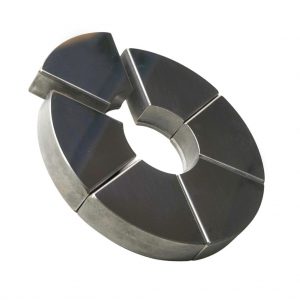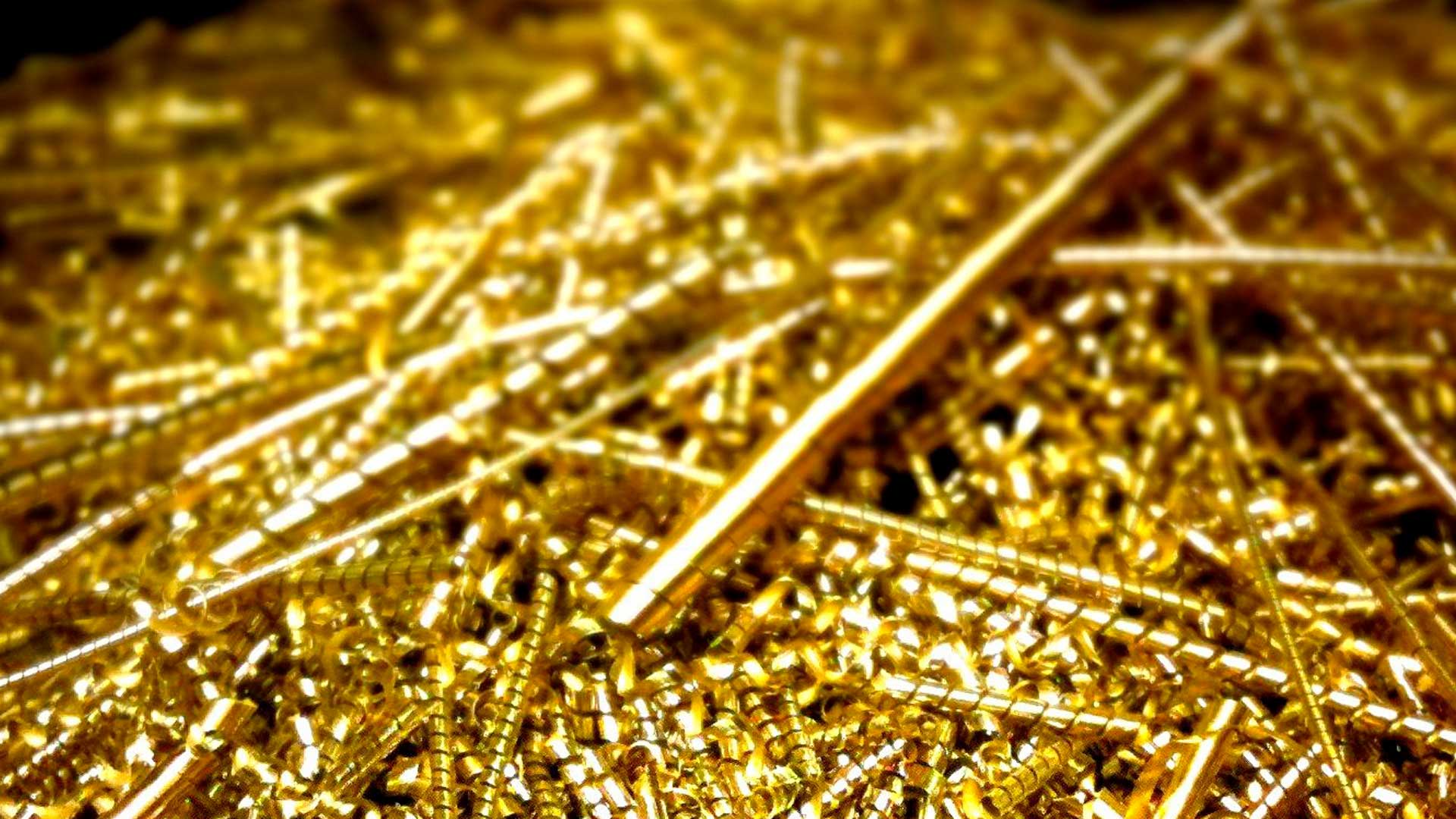
Brass is made up not just of copper and zinc. Small proportions of other elements, such as arsenic, lead, phosphorus, aluminum, manganese, or silicon, are added to augment its properties. Generally, brass contains 67% copper and 33% zinc. This ratio can be altered to produce a different kind of brass that suits very specific applications.
Due to brass’s unique composition, it holds many properties. Here are some of the most useful ones: high malleability, conductivity, corrosion resistance and antibacterial property.
Brass key features:
High Malleability: Copper gives brass its high malleability. Although bronze has copper, too, it isn’t as malleable as brass due primarily to the difference in their added content. Zinc apparently has less impact on copper’s properties in brass than tin.
Conductivity: Apart from malleability, copper is also the one responsible for brass’s heat and electrical conductivity. The only metal that’s more conductive than copper is silver, although silver isn’t recommended for conduction applications because of its poor thermal resistance. Brass is then utilized in many applications that require conduction in high temperature environments.
Corrosion Resistance: Brass is a non-ferrous or non-iron-containing metal. None of brass’s components are. This means it doesn’t corrode via rusting. Some types of brass can even hold up to saltwater, which is ten times more corrosive than fresh water. For this reason, special brasses are used in outer sheathing of ships and dock posts.
Antibacterial Property: Most non-ferrous metals exhibit an ability to cause the infamous oligodynamic effect, a phenomenon in which metal ions target and kill certain proteins in single-celled organisms. Bacteria can be exterminated within minutes when in contact with any of these metals. As it turns out, brass is one of them. It’s this property that makes brass suitable for filtration and purification systems.
Components
Shaft
Application
Food & Beverage
STEEL
Overview
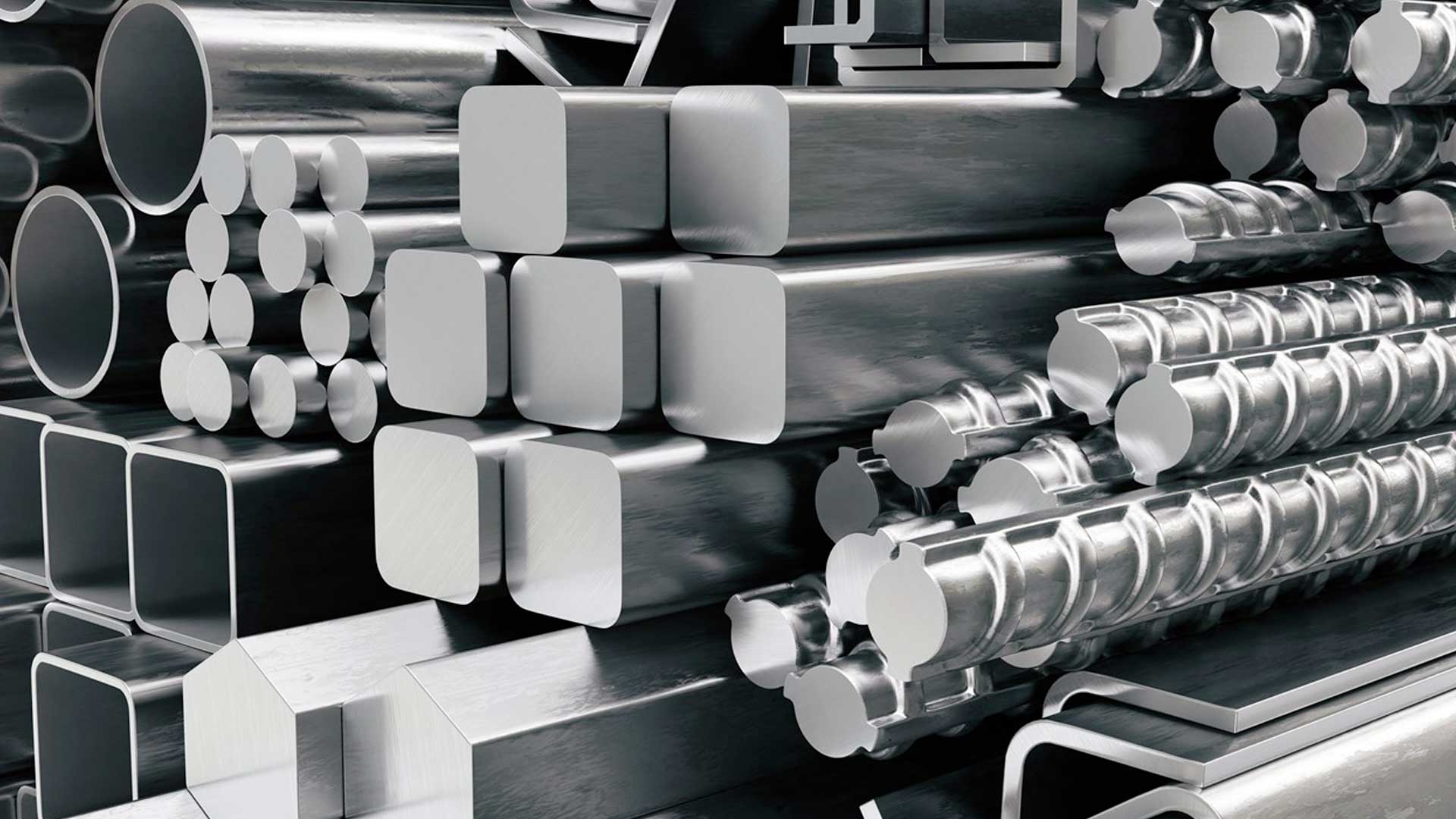
Steel is an alloy made up of iron with typically a few tenths of a percent of carbon to improve its strength and fracture resistance compared to other forms of iron. Many other elements may be present or added. Stainless steels that are corrosion- and oxidation-resistant need typically an additional 11% chromium.
Because of its high tensile strength and low cost, steel is used in buildings, infrastructure, tools, ships, trains, cars, machines, electrical appliances, and weapons. Iron is the base metal of steel. Depending on the temperature, it can take two crystalline forms (allotropic forms): body-centred cubic and face-centred cubic. The interaction of the allotropes of iron with the alloying elements, primarily carbon, gives steel and cast iron their range of unique properties.
The carbon in typical steel alloys may contribute up to 2.14% of its weight. Varying the amount of carbon and many other alloying elements, as well as controlling their chemical and physical makeup in the final steel (either as solute elements, or as precipitated phases), slows the movement of those dislocations that make pure iron ductile, and thus controls and enhances its qualities. These qualities include the hardness, quenching behaviour, need for annealing, tempering behaviour, yield strength, and tensile strength of the resulting steel. The increase in steel’s strength compared to pure iron is possible only by reducing iron’s ductility.
Components
Shaft
Application
Industrial
DUPLEX/SUPER DUPLEX
Overview
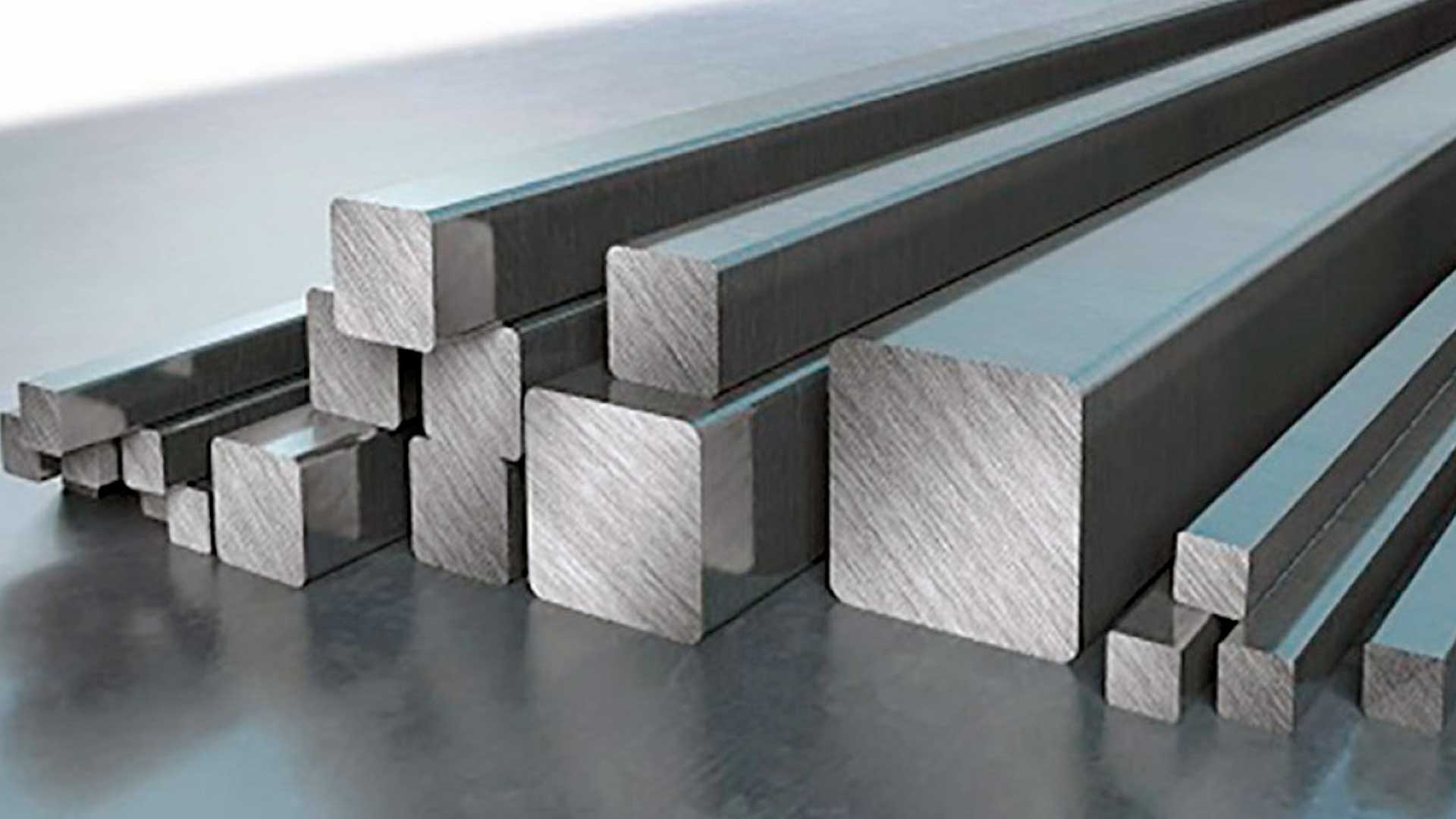
Duplex and Super Duplex are high grade stainless steels which have a high resistance towards corrosion. They are suitable for a wide-range of applications, including water treatment, seawater, fire pumps, and oil and gas.
In particular, they are highly resistant to localised corrosion.
Unlike lower grades of stainless steel they are suitable to be used in environments and applications that contain chloride, phosphoric, or organic acids.
Duplex steel has a two-phase structure consisting of ferrite and austenite. Significant properties of duplex steel are its high resistance to surface corrosion, local corrosion and stress corrosion cracking.
The cutting of duplex steel can be done very well by laser or plasma cutting machines. Shearing is not preferable due to the high forces needed for shearing.
Milled parts made of duplex steel can be produced in machining centres. The requirements for the tools are higher than for other types of steel.
With the exception of gas welding, duplex steel is suitable for all common welding processes.
Components
Metal Components for pump
Application
Refrigeration/Heating Technologies
CARBON-GRAPHITE
Overview
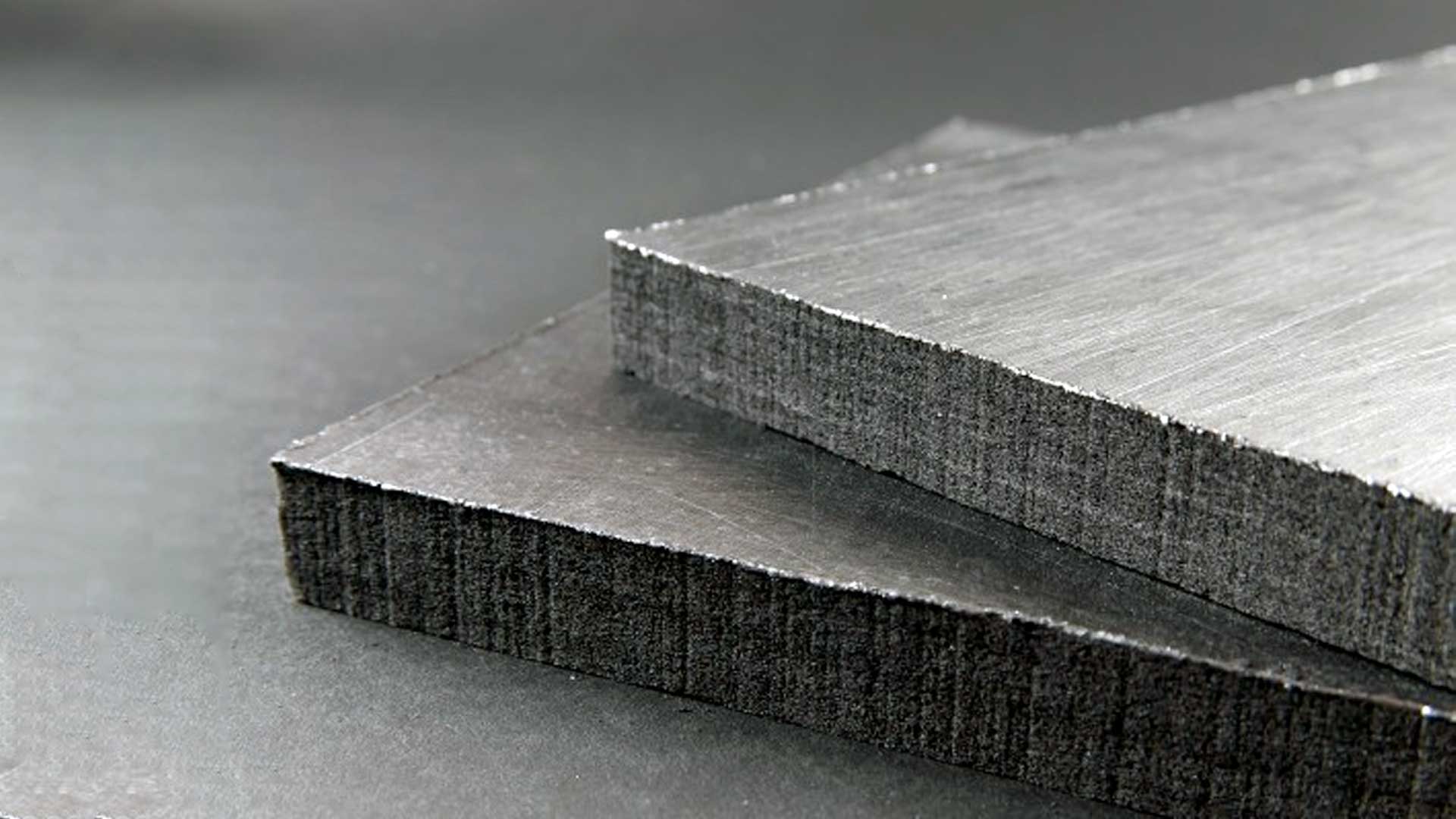
Carbon Graphite materials are a composite of different carbon materials and inorganic additives which have exemplary performance in demanding applications in either wet or dry applications.
Carbon Graphite materials are porous as produced and are often impregnated or have a coating applied to impart additional characteristics such as imperviousness, increased strength, and Thermal Conductivity.
Impregnants include: Resins, Antimony, Copper, Silver, Babbitt, Bronze and other Inorganic materials
Carbon Graphite Materials are preferred for many different applications because of their unique combination of characteristics:
+ Low Wear and Coefficient of Friction for Tribological Applications
+ Self-Lubricating
+ High Thermal Conductivity
+ Low Coefficient of Thermal Expansion
+ Low Electrical Resistivity (or High Electrical Conductivity)
+ High Strength at High Temperatures
+ Chemical Resistance
+ Oxidation Resistance
+ High Young’s Modulus
+ Lightweight
+ Relatively Inexpensive
Components
Brushes and Brush Holders
Rotor Vanes
Application
Motors
Household Appliance
Automotive
ELECTROGRAPHITE
Overview
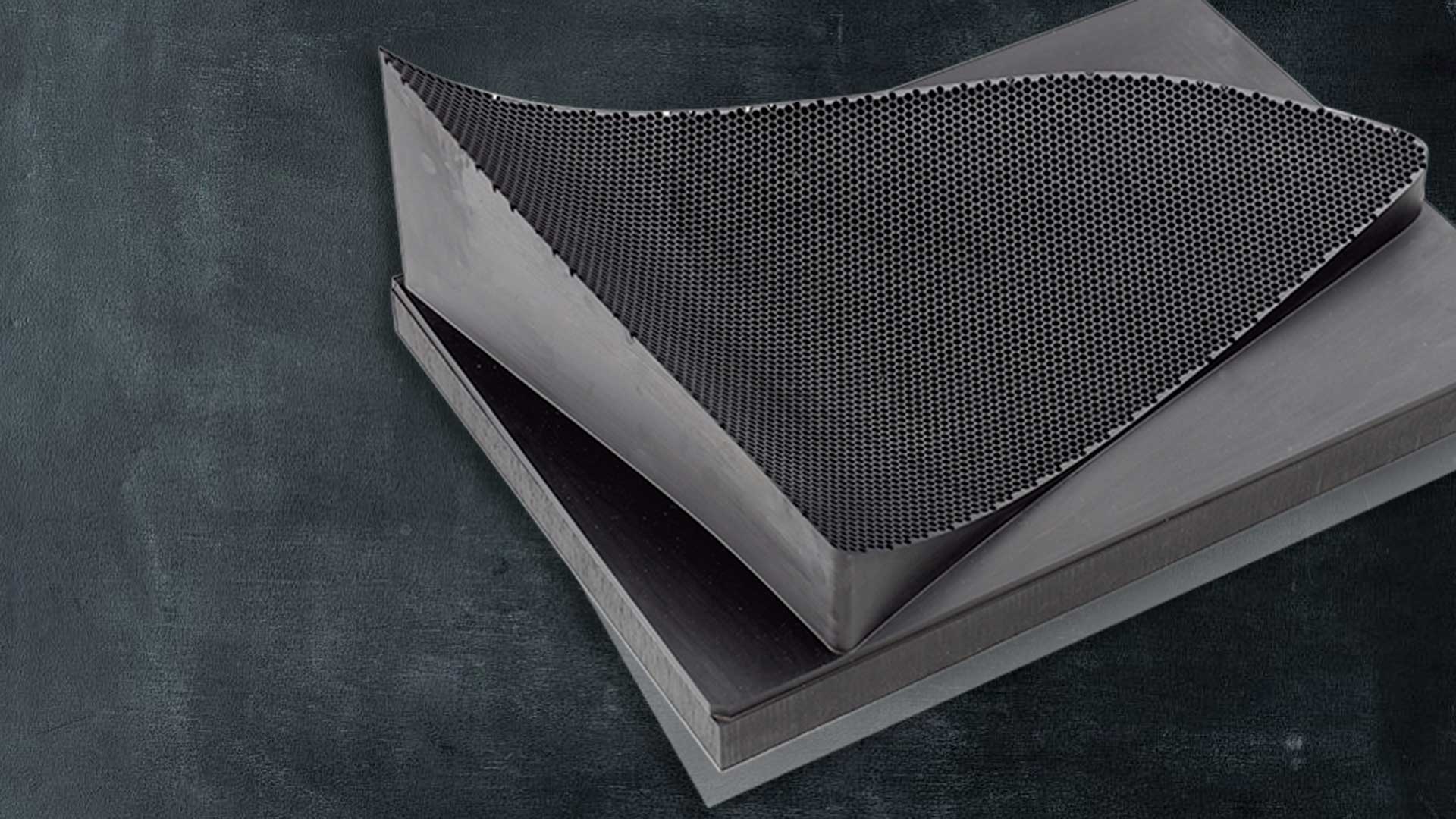
Electrographite has a high purity and very good frictional properties to protect both the commutators and slip rings that it is running on. Electrographite grades are used in wide range of applications.
Depending on the composition ratios and the production process, electro graphite has the following properties:
+ good electrical conductivity;
+ high specific resistance to sui many commutation conditions;
+ high peripheral speeds;
+ reasonable low coefficient of friction.
+ depending on the extreme conditions, karbotek produces Electrographite grades with higher compression and flexural Strengtht o be able to withstand those mechanical and electrical stresses.
Components
Brushes and Brush Holders
Application
Motors
Household Appliance
Automotive


